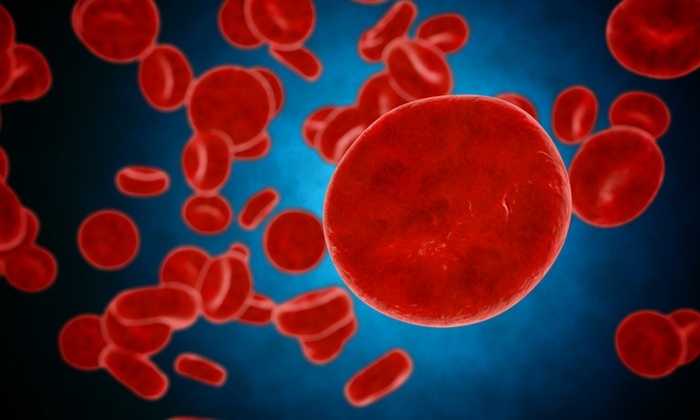
Scientists continue to discover new and exciting medical technologies involving stem cells. However, for the average person the terminology involved can be confusing and difficult to understand. Here is a simple description of the stem cells from different stem cell sources and why your child’s umbilical cord blood stem cells are so precious.
What are stem cells?
Stem cells are unique because they are able create other types of cells. Some stem cells are only capable of producing one type of cell (tissue-specific stem cells), while others can differentiate themselves and transform into many types of cells (pluripotent stem cells).
Pluripotent stem cells are very powerful because they can be used to regenerate and repair many forms of tissue. More than 80 medical treatments currently use stem cells, with many more treatments in research stage. Stem cells can also divide and replicate through mitosis.
Umbilical cord stem cells are multipotent and capable of transforming themselves into other types of cells. These stem cells from umbilical cord are similar to embryonic stem cells, but more developed. The blood found in the umbilical cord is a rich source of hematopoietic stem cells, capable of creating new blood cells — extremely useful for treating leukaemia and other blood or immune system disorders.
Stem cells taken from the umbilical cord also show very low immunogenicity, which means that a transplant is less likely to be rejected by the immune system (Zhao et al. 2006). Unlike the other forms of stem cells, parents can preserve their child’s umbilical cord and maintain a source of stem cells which can differentiate into specialised cells.
The Power of Umbilical Cord Stem Cells
Much of the recent research into the medical applications of stem cells has focused on stem cells from umbilical cord. These stem cells can be cryogenically preserved after the birth of a child, then supply them with a useful source of pluripotent stem cells.
Some of the treatments using stem cells from umbilical cord being currently researched include:
- Regeneration of tissue including bone, cartilage, muscle, ligaments and connective tissue
- Treatments for Haemophilia
- A number of cancer treatments
- Regeneration of heart, neural and blood cells that may lead to cures for heart disease, Alzheimer’s disease and leukaemia
- Treatments that regenerate organs including the liver and kidney
- Treatments to help quadriplegics walk again by repairing spinal damage
Here are some other stem cell sources:
1) Adult Stem Cells (also called Tissue-specific Stem Cells)
Some forms of adult tissue create stem cells which replace or regenerate damage tissue. For example, your skin contains stem cells which help it heal after being injured, while stem cells in the bone marrow allow your body to create new blood cells. These stem cells are tissue-specific, so they cannot transform into other types of cells. A skin stem cell can only ever heal skin tissue.
There are a number of medical procedures that involve adult stem cells — bone marrow transplants to help people recover from leukaemia, skin stem cell transplants and even limbal stem cell transplants to help eye tissue regenerate. Bone marrow has been in use the longest and is a source of hematopoietic stem cells (HSC), capable of generating new blood cells.
2) Foetal Stem Cells
Foetal stem cells are taken from the developing foetus (10 weeks or older). These stem cells are extremely powerful and can rapidly build tissue in the developing baby. Foetal blood is a rich source of haemopoietic stem cells, which makes it useful for treating blood diseases. However, similar to adult stem cells, they are tissue-specific by this stage.
3) Induced Pluripotent Stem Cells (iPS cells)
A recent scientific discovery has allowed scientists to reprogram cells in a laboratory setting, making tissue-specific cells behave like embryonic cells. Induced pluripotent behave similarly to embryonic cells, but there is a great deal of research required before they can safely be used in a medical scenario.
Source: Zhao Y, Wang H, Mazzone T (Aug 1, 2006). “Identification of stem cells from human umbilical cord blood with embryonic and hematopoietic characteristics”
{{cta(‘ae01fd22-6f64-4988-9019-a8571f755c1c’)}}


